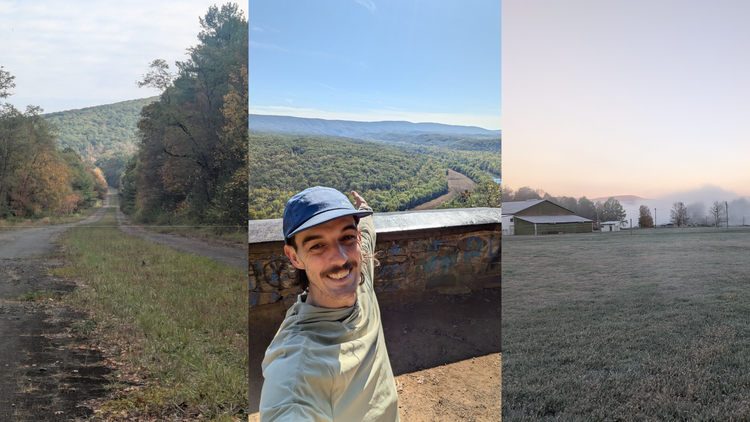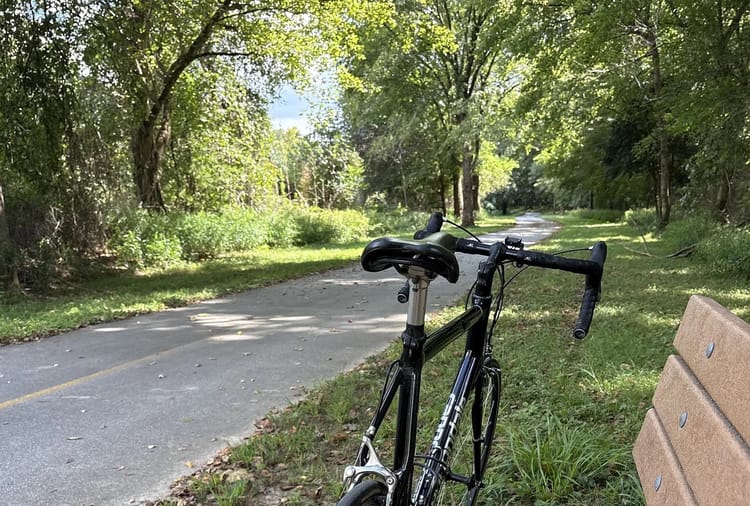Then The Cars Came

As they often say, life was simpler back then.
We got around on our two feet,
or commonly brushed shoulders with strangers
amongst a vast spiderweb of streetcars and trolleys
that once threaded through our cities.
No worrying about where to park,
what traffic might be encountered—
just the destination.
We built things within our means along these routes,
making them visually enticing,
structurally sound,
and at a human scale.
Then the cars came.
First as a novelty,
conveying true engineering breakthrough.
Then the cars came—
a symbol of American industrial force,
connecting east to west,
north to south.
Then the cars came
and dried up all the land,
turning dense, beautiful places
into man-made canyons of convenience.
Then the cars came
and dehumanized the humans,
prioritizing space for their storage
over shelter for those who need it most.
Then the cars came
and swallowed up all other means of transportation.
Car is king—
everything else a vassal
in this feudal, gas-guzzling system.
Then the cars came
and innocent ones were killed.
Then the cars came
prompting insolent rage.
Then the cars came
and anxiety was raised.
Then the cars came
and serendipitous moments—
through the observational beauty
of simply being in an environment—
were lost.
A life observed through two tons,
four windows,
and climate-controlled air
is not a life fulfilled.
Then the cars came
and we had to fight
for basic protections:
sidewalks, crosswalks, bike lanes.
Then the cars came
and we said enough is enough.
Then the cars came
and we stood up
for the rights of all road users—
whether getting around
on two wheels,
two feet,
or anything in between.
Then the cars came—
but the people triumphed,
through strength,
resilience,
and ingenuity.





Comments ()